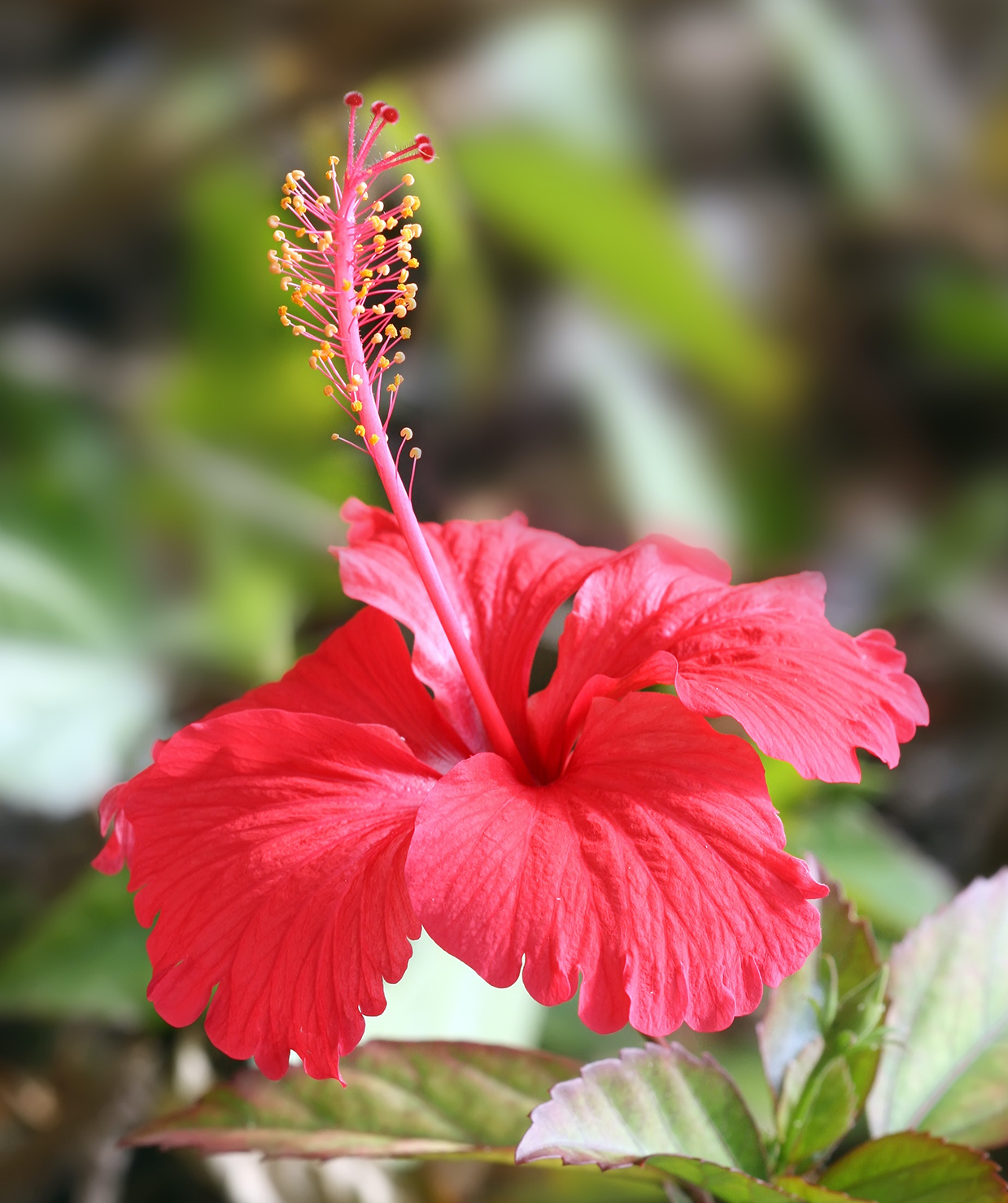Hibiscus Overview
Hibiscus (Hibiscus sabdariffa), commonly known as “roselle,” is a tropical plant prized for its vibrant flowers, which are used in beverages, foods, and traditional medicine. The flowers of the hibiscus plant are typically red, and when dried, they are brewed into a tart, cranberry-like tea that is popular worldwide. Hibiscus is also rich in antioxidants and has a variety of health benefits, making it a sought-after ingredient in both culinary and medicinal uses.
Nutritional Value of Hibiscus
Hibiscus is known for its rich nutrient profile:
- Antioxidants: Hibiscus contains high levels of anthocyanins, powerful antioxidants that help reduce inflammation and fight free radicals.
- Vitamins: It is a good source of vitamin C, which boosts the immune system and supports skin health.
- Minerals: Hibiscus provides small amounts of iron, calcium, magnesium, and potassium.
- Organic Acids: The plant contains citric acid and malic acid, which contribute to its tart flavor and help with digestion.
Health Benefits of Hibiscus
- Supports Heart Health: Studies suggest that hibiscus tea can help lower blood pressure and cholesterol levels, promoting overall heart health.
- Rich in Antioxidants: The high levels of antioxidants in hibiscus help combat oxidative stress and may reduce the risk of chronic diseases.
- Aids in Weight Management: Hibiscus tea may help with weight loss by reducing fat absorption and promoting metabolism.
- Boosts Immune Function: Thanks to its high vitamin C content, hibiscus supports the immune system and helps the body fight off infections.
- Improves Digestion: The organic acids in hibiscus tea aid digestion and may help relieve constipation.
Culinary Uses of Hibiscus
- Hibiscus Tea: Made by steeping dried hibiscus flowers in hot water, this tea is enjoyed hot or cold for its tart, refreshing taste. It’s popular in many cultures, known as “sorrel” in the Caribbean, “karkade” in the Middle East, and “agua de Jamaica” in Latin America.
- Beverage Additive: Hibiscus extract is used in cocktails, sodas, and flavored water for its tartness and vibrant red color.
- Jams and Jellies: The flowers are often used to make jams, jellies, and syrups, offering a tangy flavor and bright color.
- Salads and Desserts: In some cuisines, fresh hibiscus petals are added to salads or used as a garnish in desserts.
Global Production
Hibiscus is primarily grown in tropical regions, with major producers including Nigeria, Sudan, Egypt, and Mexico. Its high demand for use in teas and natural remedies ensures its continued importance in global agriculture.
Conclusion
Hibiscus is a versatile plant celebrated for its vibrant color, tart flavor, and numerous health benefits. Whether consumed as tea or used in various food and drink recipes, hibiscus offers both culinary enjoyment and medicinal value, making it a popular ingredient worldwide.

